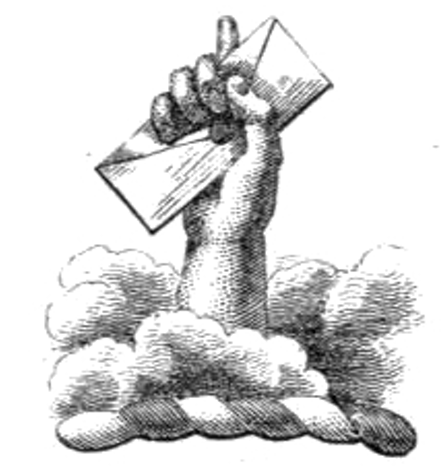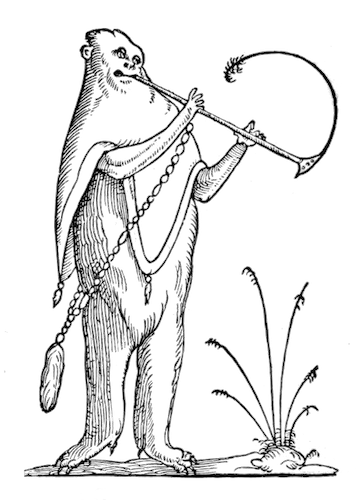
Radical Fashion from the Schembart Carnival (1590)
Illustrations from a 16th-century manuscript detailing the phenomenon of Nuremberg's Schembart Carnival, (literally "bearded-mask" carnival). Beginning in 1449, the event was popular throughout the 15th century but was ended in 1539 due to the complaints of an influential preacher named Osiander who objected to his effigy being paraded on a float, depicting him playing backgammon surrounded by fools and devils. According to legend, the carnival had its roots in a dance (a "Zämertanz") which the butchers of Nuremberg were given permission to hold by the Emperor as a reward for their loyalty amid a trade guild rebellion. Over the years the event took on a more subversive tone, evolving to let others take part with elaborate costumes displayed and large ships on runners, known as "Hells", which were paraded through the streets. After its end, many richly illustrated manuscripts (known as "Schembartbücher") were made detailing the carnival's 90-year existence.
We are unsure what the flaming "artichokes" are all about, if any one has a clue do let us know in the comments!
UPDATE solved - according to Christies: "They brandished lances and bunches of leaves - known as Lebensrute -- that concealed fireworks."
Enjoyed this piece? We need your help to keep publishing.
The PDR is a non-profit project kept alive by reader donations – no ads, no paywalls, just the generosity of our community. It’s a really exciting model, but we need your help to keep it thriving. Visit our support page to become a Friend and receive our themed postcard packs. Or give a one-off donation. Already a supporter? A huge thank you for making all this possible.
Apr 11, 2013





